Last updated on
Discover the effective techniques to restore your leather couch’s pristine appearance by eliminating those unsightly dog scratches in just a few simple steps.
Leather couches are a timeless addition to any home. They add a touch of sophistication and elegance, making them the perfect centerpiece for your living room.
However, as much as we love our furry friends, their claws can leave unsightly scratches on our beloved leather couches. But don’t worry! In this article, we’ll be sharing some effective ways to remove dog scratches from your leather couch so you can keep it looking brand new for years to come.
So let’s dive in and learn how to restore your leather couch’s beauty!
Table of Contents
Identify the Scratch

The first step in removing dog scratches from your leather couch is to identify the type of scratch. Scratches can range from light surface marks to deep gouges that penetrate the leather’s fibers.
Identifying the scratch will help you determine which method to use for repair.
To identify a scratch, run your fingers over it gently. If you feel a slight indentation or groove, then it’s likely a deep scratch that requires more extensive repair methods.
On the other hand, if there is no noticeable groove and only discoloration on top of the surface layer, then it may be just a light mark.
It’s essential to note where exactly on your couch these scratches are located as well since different areas require different techniques for fixing them effectively.
Initial Steps to Follow to Get Rid of the Scratch
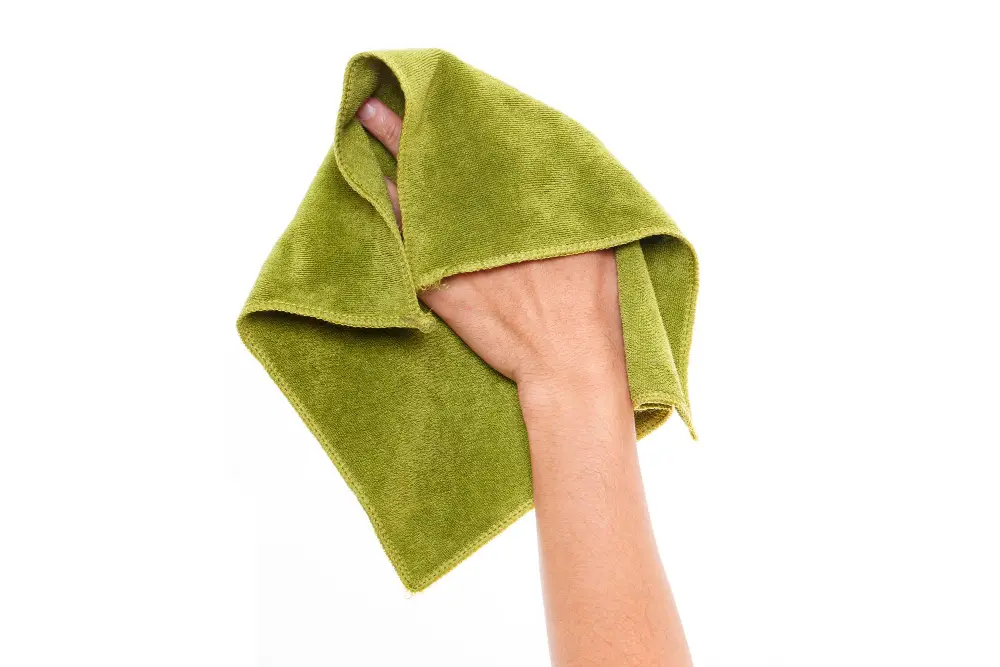
Inspect the area and determine whether it’s a light or deep scratch. Light scratches are surface-level marks that can be easily removed, while deep scratches penetrate through the top layer of leather and require more extensive repair.
Once you’ve identified the type of scratch, take some initial steps to get rid of it. Start by cleaning the area around the scratch with a soft cloth dampened with water or mild soap solution.
This will remove any dirt or debris that may have accumulated on your couch.
Next, use a clean dry cloth to gently buff out any minor scuffs on your leather sofa caused by pet nails before attempting further repairs.
If you’re dealing with light scratches only, then there are several DIY methods available for fixing them at home without professional help such as using olive oil or vinegar mixed with linseed oil which can work wonders in restoring small blemishes on your furniture’s surface.
Clean the Area
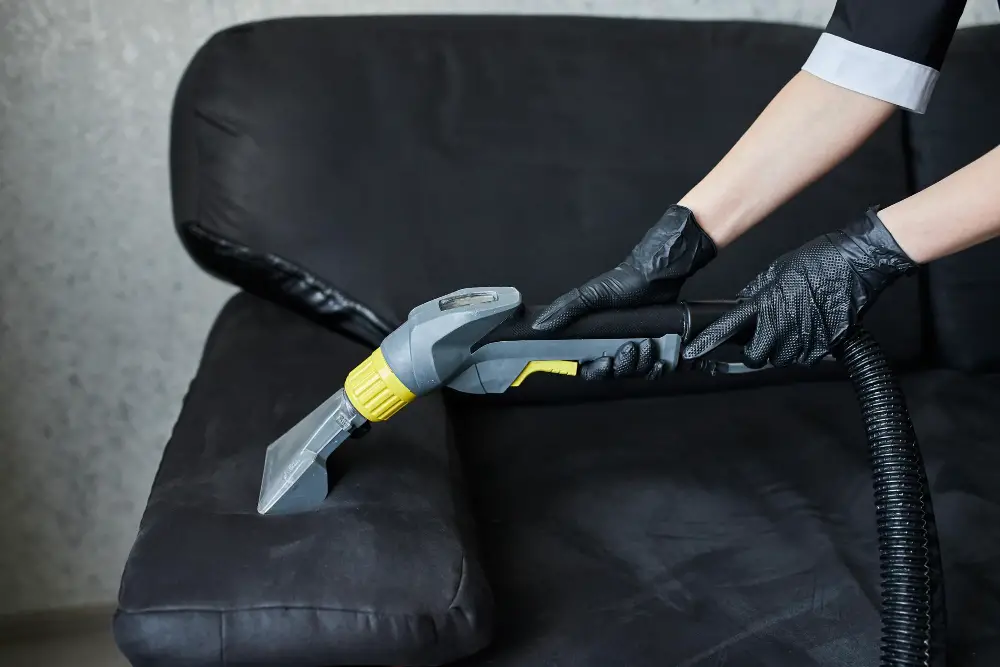
Before attempting any repairs, make sure that your leather couch is free from dirt and debris. Use a soft cloth or vacuum cleaner to remove any dust or particles around the scratched area.
Next, use a damp cloth with mild soap and water solution to gently clean the affected spot. Avoid using harsh chemicals as they can damage your leather couch further.
After cleaning, let it dry completely before proceeding with any repair methods. This step ensures that there are no remaining contaminants on your leather surface which could interfere with repairing scratches effectively.
Light Scratches
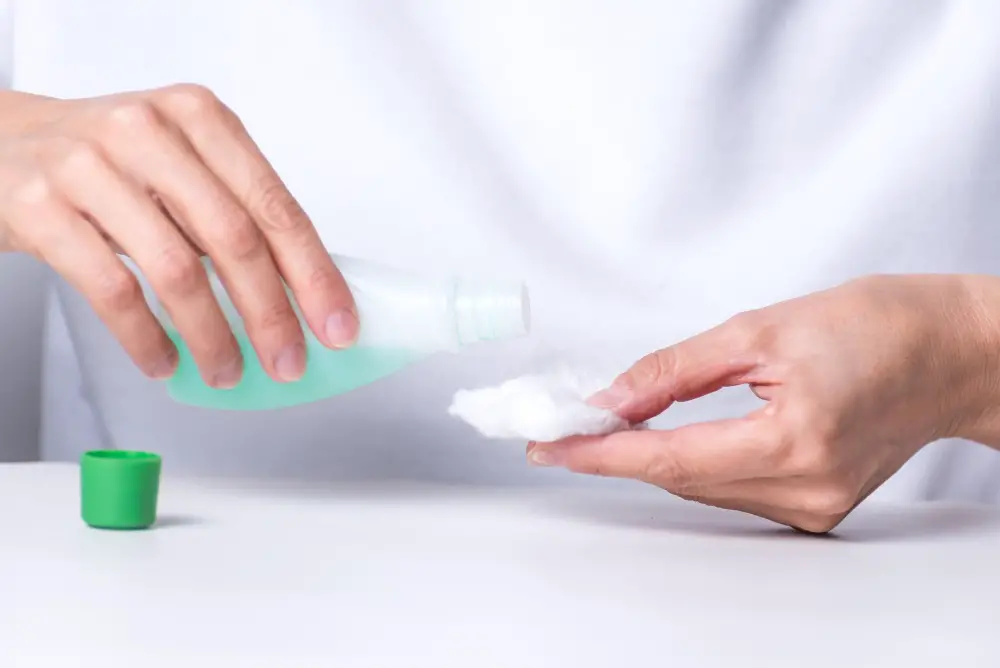
First, clean the area around the scratch with a soft cloth and mild soap solution. Then take a cotton swab and dip it into rubbing alcohol or vinegar to gently rub over the scratched surface.
This will help remove any dirt or debris that may have accumulated in those areas.
Next, apply some leather conditioner onto another clean cloth and rub it over the scratched area in circular motions until fully absorbed by leather fibers. The conditioner will help restore moisture to dry spots caused by scratches while also providing protection against future damage.
Deep Scratches

Deep scratches can be challenging to remove, but it’s not impossible. First, clean the area around the scratch with a damp cloth and let it dry completely before proceeding.
Next, use sandpaper or an abrasive pad to gently rub over the scratched area until it becomes smooth. Be careful not to apply too much pressure as this may damage the surrounding leather.
After smoothing out any rough edges caused by deep scratches on your leather couch surface using sandpaper or an abrasive pad; apply some filler into those areas where there are still visible marks left behind from previous attempts at removing them.
Scratches On Suede and Nubuck

These materials are delicate and require special care to avoid further damage. To remove dog scratches from suede or nubuck, you’ll need a specialized eraser designed for these materials.
Gently rub the eraser over the scratch until it disappears.
For deeper scratches on suede or nubuck, use a soft-bristled brush to restore its texture after using the eraser. Avoid using water as it can cause discoloration and damage to these types of leather.
Remember that prevention is always better than cure when dealing with delicate leathers like suede and nubuck.
Apply Leather Binder
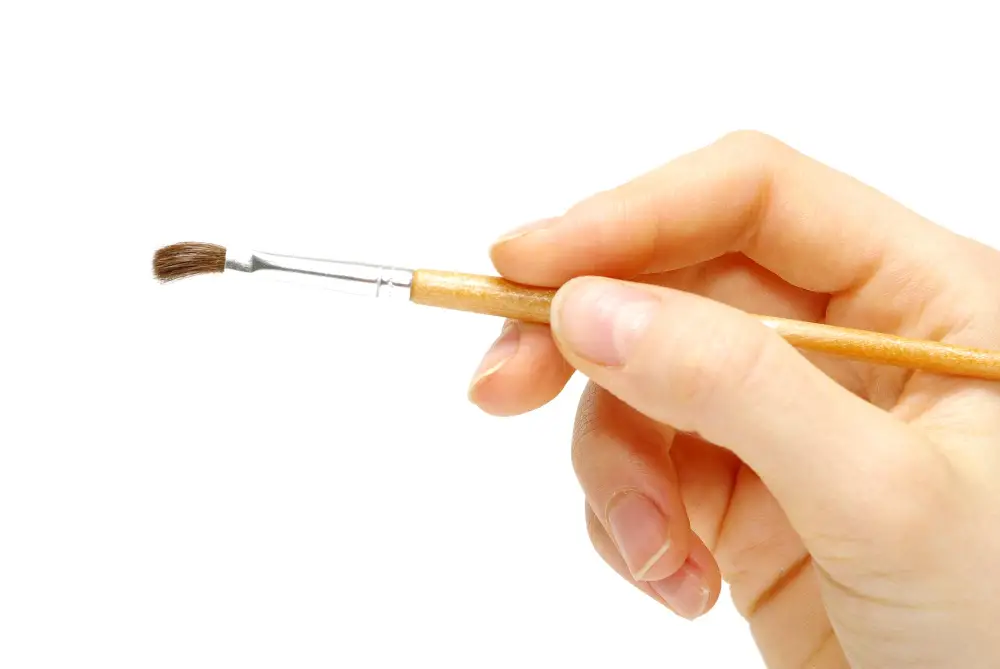
A leather binder is a type of adhesive that helps to bind the fibers together and prevent further damage. You can find this product at your local hardware store or online.
To apply the leather binder, use a small brush or sponge and gently dab it onto the scratched area. Make sure not to over-apply as this can cause discoloration on your couch.
Allow the binder to dry completely before moving on to sanding down any rough edges around the scratch with fine-grit sandpaper. This will help smooth out any unevenness in texture caused by scratches.
Afterward, wipe away any dust from sanding with a clean cloth before proceeding with applying filler if necessary for deeper scratches or color matching if needed for lighter ones.
Sand the Surface
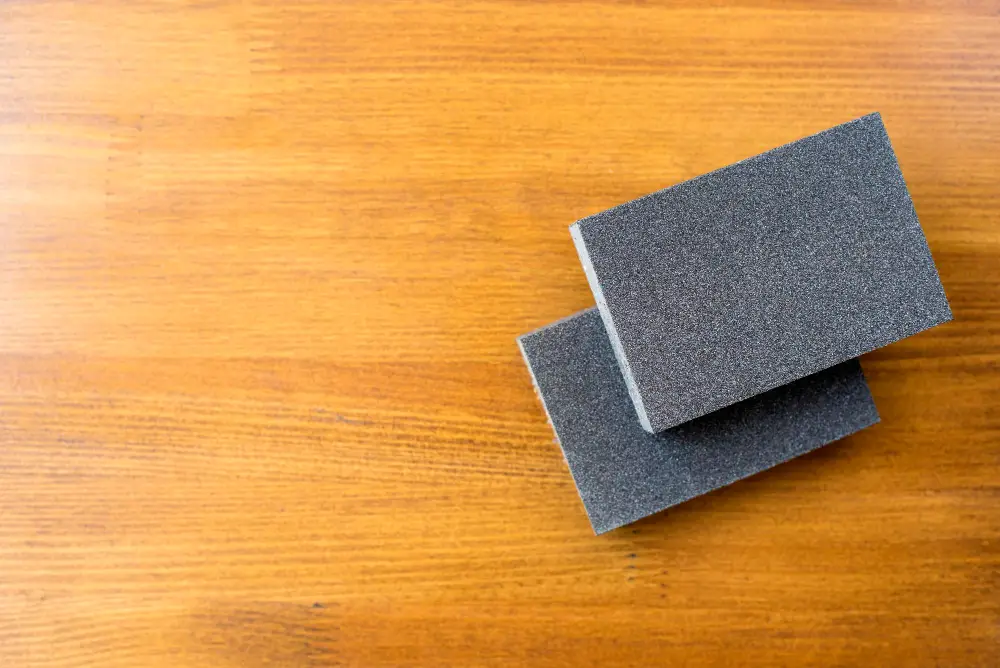
Sandpaper with a fine grit of 320 or higher can be used for this purpose. First, clean the area around the scratch and then gently sand it in circular motions until it becomes smooth and even with its surroundings.
Be careful not to over-sand as this may damage your leather couch further. Once you’re done sanding, wipe away any dust or debris using a soft cloth before proceeding to apply leather filler.
Sanding is an essential step in restoring your scratched-up leather furniture back to its original condition.
Apply Leather Filler

Leather fillers come in different colors and textures that can match your couch’s original color and texture. To apply the filler, use a spatula or palette knife to spread it over the scratched area evenly.
Make sure you follow the manufacturer’s instructions when applying it. Once applied, let it dry for several hours before sanding down any excess material with fine-grit sandpaper until smooth.
Afterward, clean off any remaining dust from sanding before proceeding with coloring or finishing steps.
Color Matching
It’s essential to ensure that the color of the filler matches your couch’s original shade; otherwise, it will be noticeable and ruin its appearance.
To achieve an accurate color match for your leather couch, you can purchase a specialized dye kit from any hardware store or online retailer. These kits come with various shades of dye that can be mixed together until they match precisely what you need.
Before applying any dyes or fillers on your furniture piece directly, test them in an inconspicuous area first. This way ensures that there are no adverse reactions between different products used during repairs and cleaning processes.
Using Leather Oil Paint to Fix Dog Scratches
Leather oil paint is specially formulated to repair and restore the color of damaged or faded leather surfaces. To use this method, start by cleaning the area around the scratch with a damp cloth and allowing it to dry completely.
Next, apply a small amount of leather oil paint onto a clean sponge or brush and gently dab it onto the scratched area until it’s evenly covered. Allow it to dry for at least 24 hours before applying another coat if necessary.
Once you’ve applied enough coats to cover up the scratches entirely, allow them to dry for another 24 hours before conditioning your couch with some high-quality conditioner specifically designed for use on leather furniture.
Apply Leather Finish
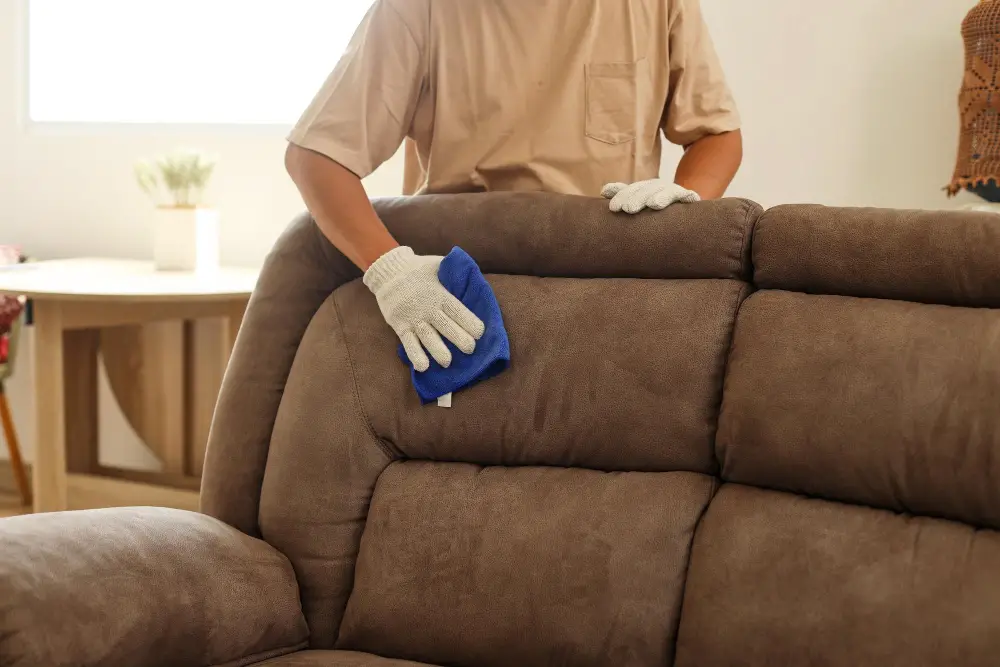
The finish will help protect your couch from future damage and give it a polished look.
To apply the finish, use a clean cloth or sponge and gently rub the product onto the affected area. Be sure to follow any instructions provided by the manufacturer of your chosen product.
Allow ample time for drying before using your couch again. It is recommended that you wait at least 24 hours before sitting on or using your newly finished leather couch.
Condition the Leather
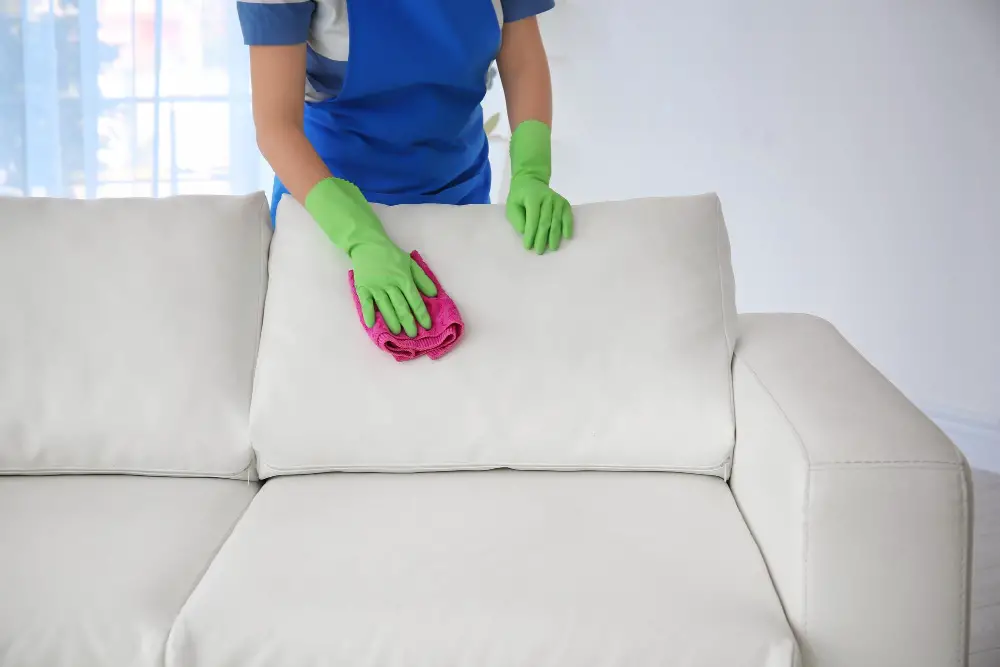
Conditioning helps to keep the material supple and prevents it from drying out or cracking over time. Leather conditioning products are readily available in most home improvement stores or online retailers.
To condition your leather couch, start by cleaning any remaining residue with a damp cloth and allowing it to dry completely. Then apply a small amount of conditioner onto a clean cloth and rub gently into the surface of your couch using circular motions.
Be sure not to use too much conditioner as this can cause discoloration or leave an oily residue on your furniture. Once you’ve applied enough product, allow it some time for absorption before wiping off any excess with another clean cloth.
Conditioning should be done every six months for optimal results but may vary depending on usage frequency and environmental factors such as humidity levels in your home.
Maintain the Couch
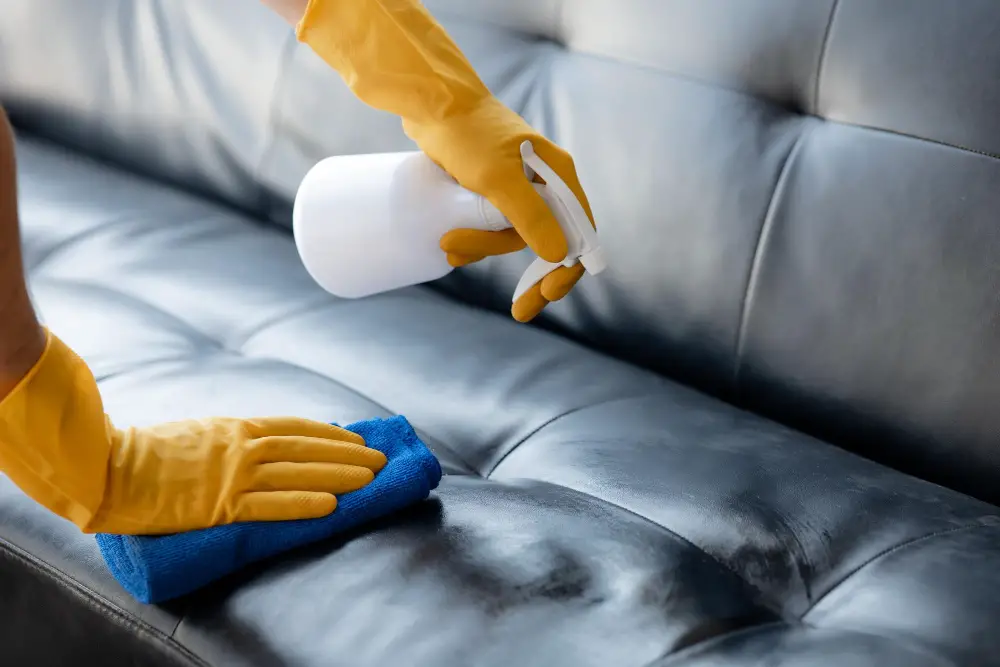
Regular maintenance will help prevent future damage and keep your couch looking new for years to come.
To maintain your leather couch, start by wiping it down with a clean, dry cloth once a week. This will remove any dust or dirt that may have accumulated on the surface of the leather.
Next, use a high-quality leather conditioner every three months to keep the material supple and moisturized. Conditioning also helps protect against cracking and fading caused by exposure to sunlight or heat sources like radiators.
If you spill something on your couch, be sure to clean it up immediately using a damp cloth followed by drying with another clean towel. Avoid using harsh chemicals or abrasive cleaners as they can damage the delicate surface of your leather furniture.
Preventing Leather Scratches for Dog Owners
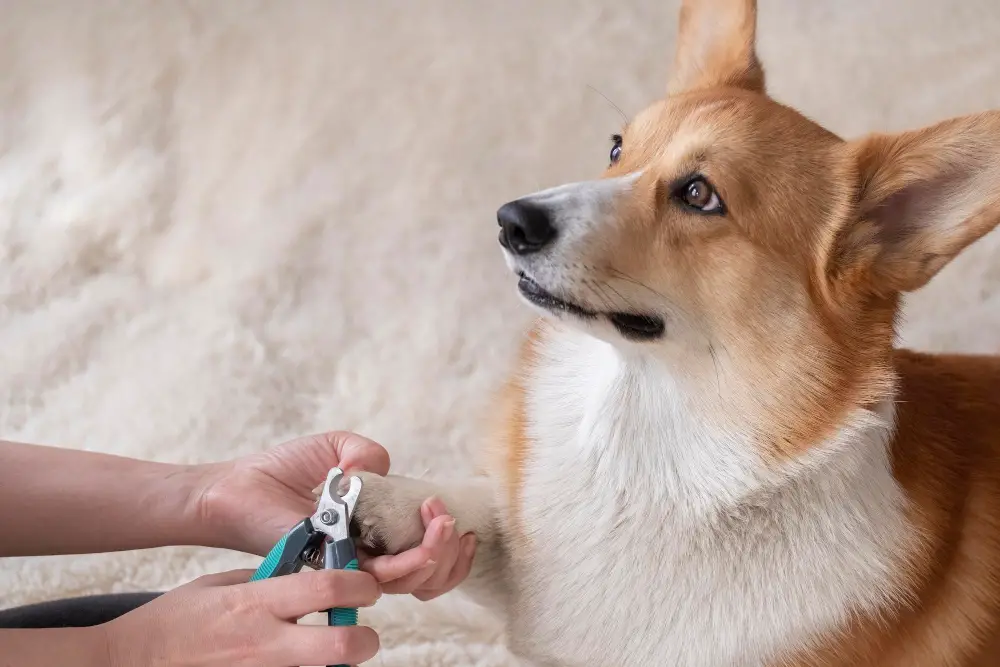
One of the most effective ways is by keeping your furry friend’s nails trimmed regularly. Long nails can easily scratch and damage the surface of your leather furniture.
Another way to prevent scratches is by training your dog not to jump or climb onto the couch. You can provide them with their own designated spot in the room where they can relax comfortably without damaging any furniture.
You may want to consider using protective covers for your leather couch when you’re not around or when guests come over who may have pets that are prone to scratching.
Protecting Leather Couch From Dog’s Nails

One of the most effective ways is by keeping their nails trimmed regularly. Long and sharp claws can easily damage the surface of your leather couch, so make sure to trim them every few weeks.
Another way is by using nail caps or covers that fit over their claws. These are soft plastic covers that prevent dogs’ nails from scratching surfaces like furniture and floors while still allowing them to walk comfortably.
You can also train your dog not to jump on or scratch the couch through positive reinforcement techniques such as rewarding good behavior with treats or toys.
Lastly, consider covering up high traffic areas with blankets or throws when you’re not around. This will help protect against any accidental scratches caused during playtime when you’re away from home.
Stopping Dog From Chewing On Leather Furniture
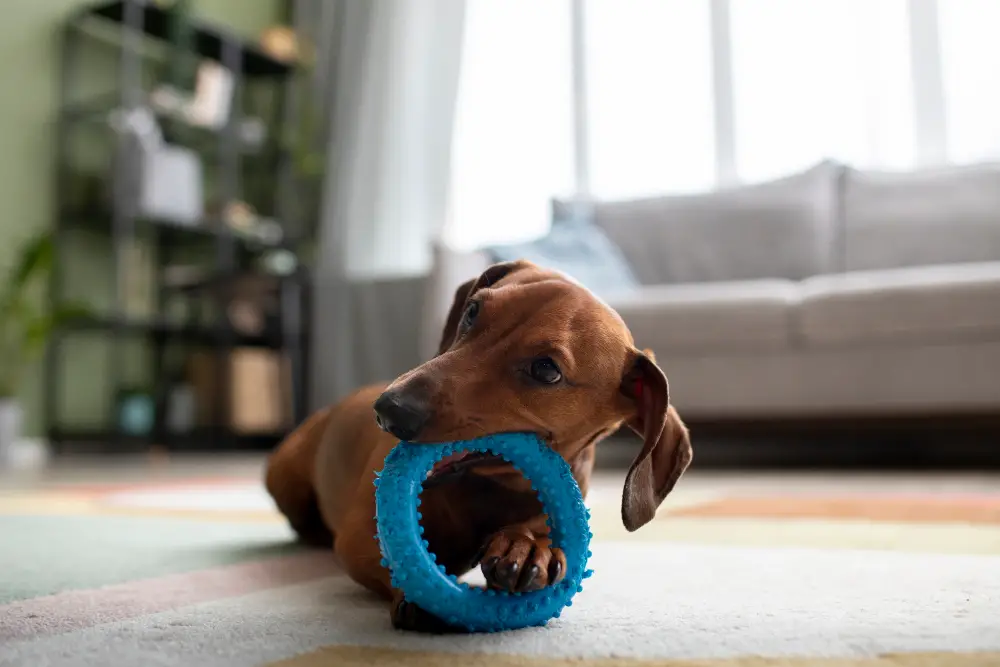
There are some simple steps you can take to prevent this behavior. Firstly, make sure your dog has plenty of chew toys and bones that they enjoy playing with.
This will help redirect their attention away from the couch or other leather furniture.
Another effective way is by using deterrent sprays that have an unpleasant taste for dogs when sprayed on the surface of the couch or any other item you want them to avoid chewing on.
Training your furry friend not to chew on anything except their toys is essential in preventing future damage caused by scratching or biting.
Covering a Leather Couch

A cover will not only protect the leather from scratches but also keep it clean and free of pet hair. You can choose from various materials such as cotton, polyester or microfiber covers that are easy to remove and wash.
When selecting a cover for your leather couch, make sure it fits snugly over the entire surface area of the furniture piece. Loose-fitting covers may shift around when your dog jumps on them, which could cause more damage than good.
Moreover, if you want to maintain the elegance of your living room decor while keeping up with practicality for pets’ sake – consider investing in slipcovers made specifically for dogs! These slipcovers come in different colors and patterns so they blend seamlessly into any home decor style while providing maximum protection against scratches caused by playful pups.
Covering your leather couch is an effective way to prevent further damage caused by dogs’ nails or chewing habits.
Best Material for a Couch With Dogs
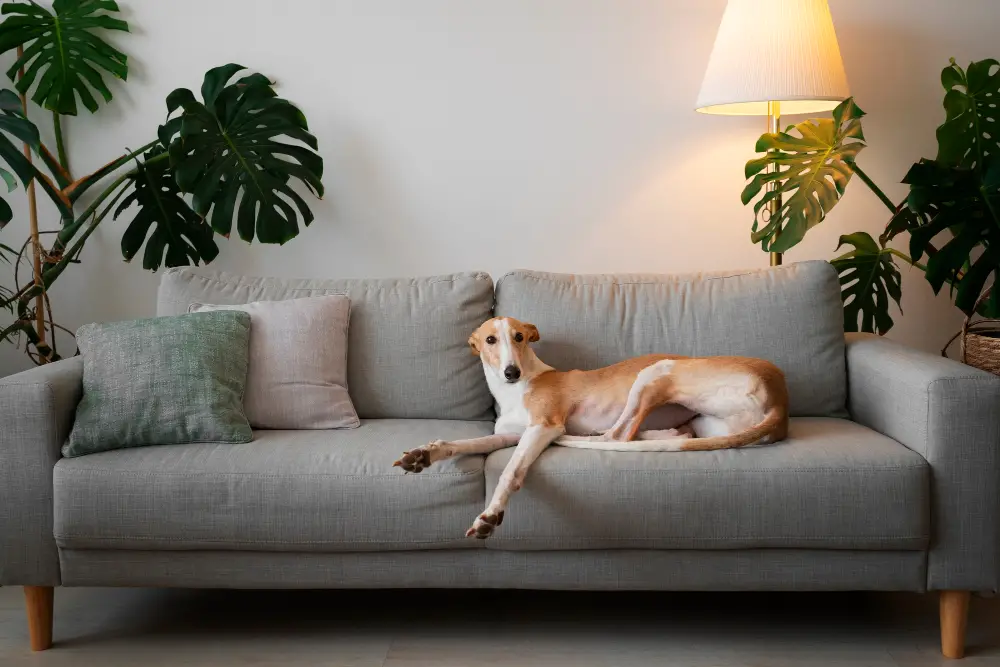
Leather may be durable and easy to clean, but it’s also prone to scratches from your furry friend’s claws. Microfiber or synthetic fabrics are more resistant to scratches and stains, making them an excellent choice for pet owners.
Another option is Crypton fabric – a high-performance fabric that repels moisture and resists odors. It’s also incredibly durable and can withstand even the toughest of wear-and-tear from pets.
When selecting a couch material as a dog owner, consider factors such as durability, stain resistance, ease of cleaning (especially if accidents happen), scratch resistance (if you have dogs with sharp nails), comfortability for both humans and pets alike.
Prevent Future Scratches

One of the easiest ways is by keeping your dog’s nails trimmed regularly. Long nails can easily scratch and damage leather furniture.
Another way is by training your furry friend not to jump or climb on the couch. You can also provide them with a comfortable bed or designated area where they can rest and play without damaging any furniture.
If you have a particularly active pup who loves playing around, consider covering your leather couch with a protective cover when they’re around. This will help prevent any accidental scratches or spills from causing permanent damage.
Lastly, invest in high-quality leather protectants that are specifically designed for pet owners. These products create an invisible barrier over the surface of your furniture, making it more resistant to scratches and other types of wear and tear caused by pets.
By following these simple tips, you’ll be able to enjoy spending quality time with both your furry friend and beautiful leather couch without worrying about any potential damages!
FAQ
How do you remove dog scratches from leather furniture?
To remove dog scratches from leather furniture, apply shoe polish onto the scratched surface using a clean cloth or cotton swab and repeat with another coat.
Will dog nails ruin a leather couch?
Dog nails are unlikely to ruin a leather couch, as authentic leather is extremely thick and tough, making it difficult for claws to puncture the surface.
Can you fix claw marks on leather couch?
Yes, by using a leather cleaner, applying a binder to strengthen the scratched area, and gently sanding the repair area after it dries, you can fix claw marks on a leather couch.
Can scratches be removed from leather?
Yes, scratches can be removed from leather using a leather conditioner and, if necessary, fine sandpaper.
What is the best leather repair kit for fixing dog scratches on a leather couch?
The best leather repair kit for fixing dog scratches on a leather couch is the Coconix Leather and Vinyl Repair Kit.
Are there any DIY methods or household items that can effectively help remove scratches caused by dogs on leather couches?
Yes, one effective DIY method to remove dog scratches on leather couches is by applying a mixture of olive oil and vinegar.
What preventive measures can be taken to protect leather couches from future dog scratch damage?
To protect leather couches from future dog scratch damage, use preventive measures such as applying protective covers, keeping the dog’s nails trimmed, and using deterrent sprays to discourage scratching behavior.




